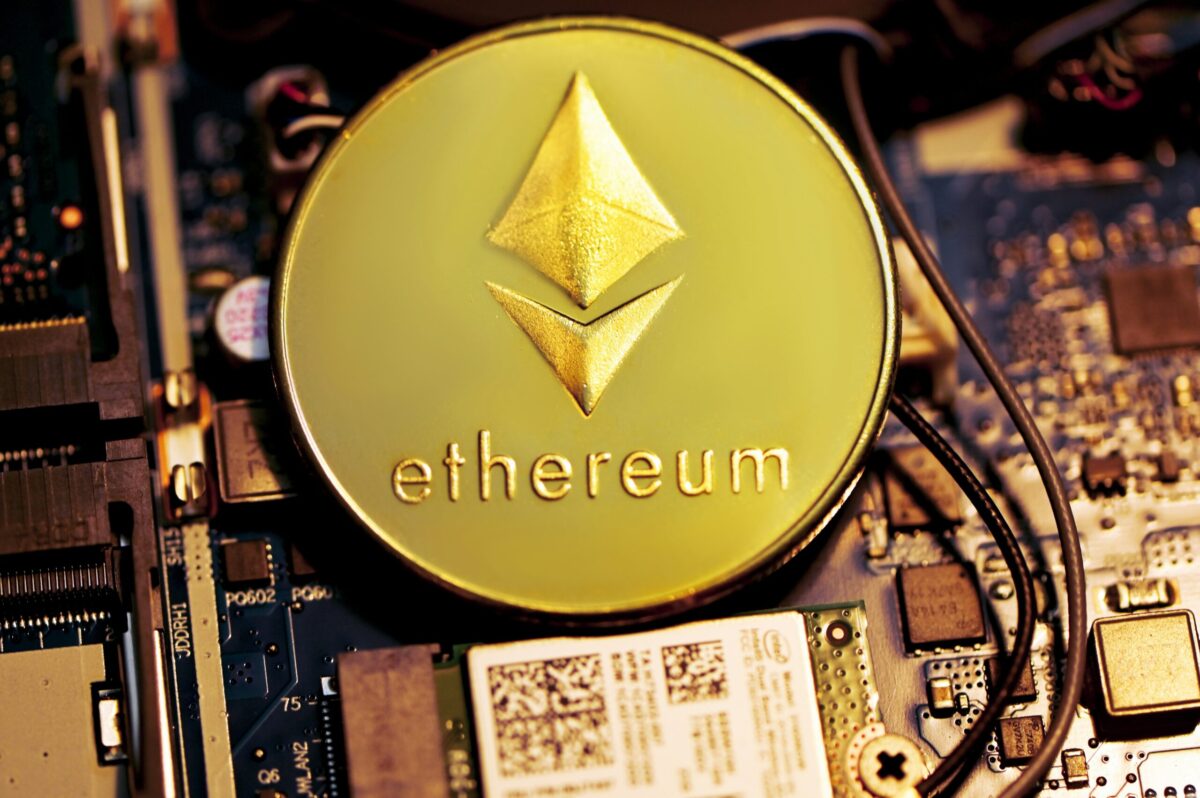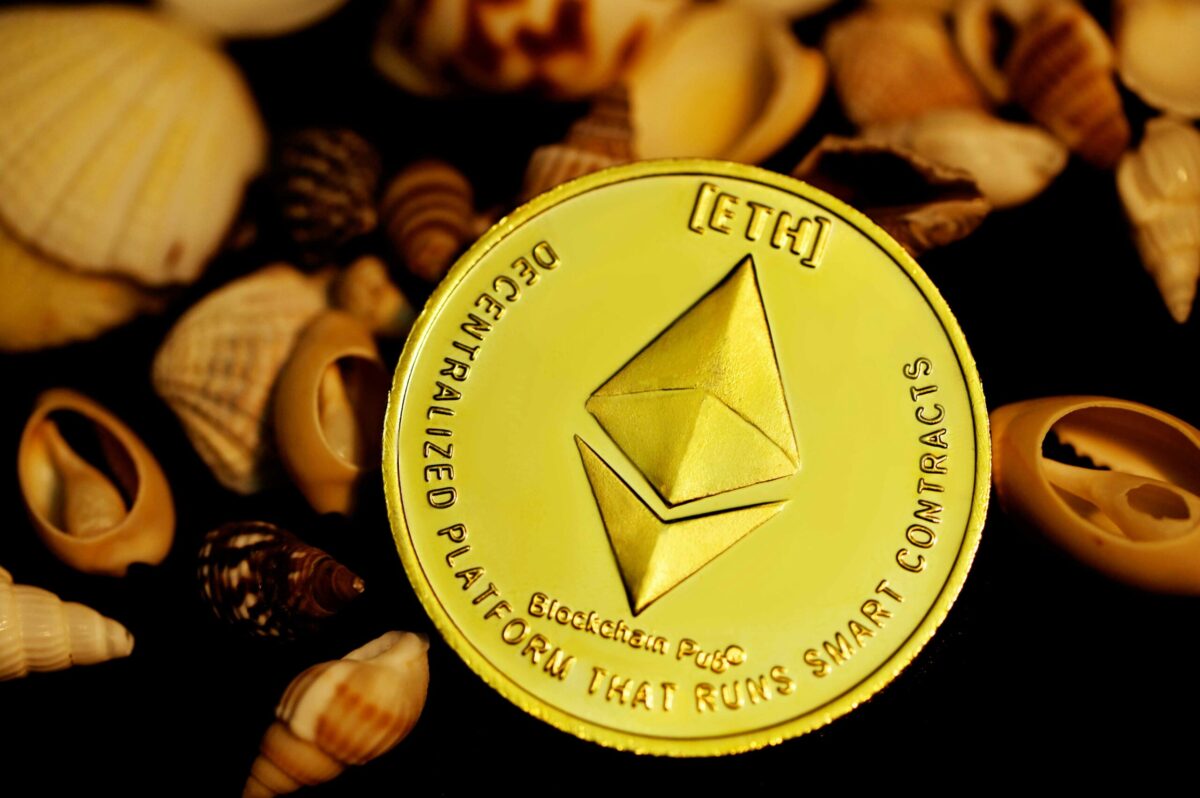Ethereum ($ETH) developers have introduced a new improvement proposal, EIP-7732, to enhance the block validation process and accelerate the blockchain.
This proposal brings significant changes to the way blocks are validated. It is aimed to improve the security and performance of the blockchain by splitting the process into consensus and execution stages.
EIP-7732 is a response to the growing demand for efficiency on the Ethereum blockchain and aligns with co-founder Vitalik Buterin‘s push for faster transaction confirmation times.
Technical details
At the core of EIP-7732 is the Enshrined Proposer-Builder Separation (EPBS), a new process that divides block creation duties between a consensus proposer and an execution proposer.
The consensus proposer selects the execution proposer, who then commits to producing a valid block containing key information like a payment or block hash.
The Payload Timeliness Committee (PTC), a group of validators, ensures the execution proposer submits the promised block on time.
This separation aims to reduce the computational load on validators and increase overall network efficiency and speed.
Why it matters?
EIP-7732’s proposed changes are designed to address inefficiencies by allowing validators to focus on consensus validation immediately and delay execution validation without compromising performance or security.
This separation could lead to faster transaction processing and a more efficient network.
Additionally, the proposal suggests a trust-free exchange mechanism between builders and proposers, ensuring the inclusion of valid blocks and removing the need for middleware.
Push for a faster Ethereum
Vitalik Buterin has long advocated for quicker transaction confirmations on Ethereum.
In a post on 30 June, he emphasised, “One of the important properties of a good blockchain user experience is fast transaction confirmation times”.
Following the transaction fee revamp with EIP-1559 and steady block times post-Merge, Ethereum transaction confirmations now range between five and 20 seconds.
Despite these improvements, some applications still require even faster speeds than the current 12-second Gasper consensus mechanism can provide.
With EIP-7732 under discussion, the potential for faster transaction speeds is on the horizon.
However, implementing these changes will necessitate another hard fork, introducing backward-incompatible changes to the network.
This balancing act between speed and stability is crucial as Ethereum continues to evolve.
Ethereum ETF faces uncertainty
The Ethereum ($ETH) market is currently experiencing mixed reactions due to delays in the launch of spot Ethereum ETFs.
Initially expected by 4 July, the launch has been postponed to 8 July, dampening optimism.
CoinShares’ digital fund flows report highlighted significant outflows from Ethereum, marking its worst performance since August 2022.
There has been a total of $61 million in outflows and $119 million over the past two weeks.
The Head of Research at CoinShares, James Butterfill, attributed this decline to the uncertainty surrounding the ETF delay.
In the past 24 hours, $ETH’s price dropped by 5.8% to $3,149, affecting the broader market sentiment.
Both long-term and short-term holders have become less bullish, with the Short-Term Holder—Net Unrealised Profit/Loss (STH-NUPL) indicator now reflecting fear instead of optimism.
Despite this, K33 Research’s “Ahead of the Curve” report suggested growing institutional interest in futures Ethereum ETFs.
The VolatilityShares 2x leveraged ETH ETF has quickly become the largest futures-based ETH ETF by ETH equivalent exposure in just 15 trading days.
Significant outflows and a price drop reflected a state of uncertainty in the market. But rising interest in futures ETFs suggested optimism among institutional investors about Ethereum’s long-term prospects.
The upcoming ETF decisions and broader market dynamics will be crucial in determining $ETH’s future price direction.


